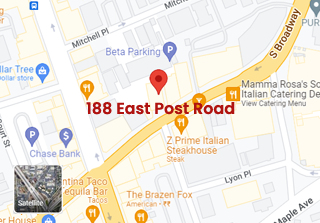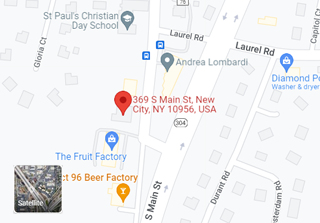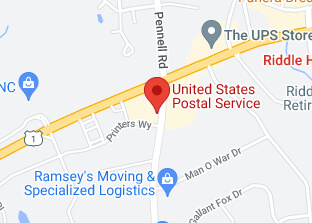Car accidents are often stressful and traumatic, especially when they become complicated by multiple drivers who could potentially be responsible for the crash. Every accident is unique because of the wide range of variables that come into play. New York state has specific considerations when determining responsibility and whether or not either party is at fault and owes damages of any kind. Here is a high-level overview of what you need to know about being partially at fault in a car accident in New York.
Is New York a No-Fault State?
Yes, New York is a no-fault state. That means that damages are usually paid by the insurance company no matter who was at fault. That includes medical costs, damage to the vehicle, lost wages, and transportation to medical professionals.
However, there are limits on what the insurance companies will pay out, depending on the driver’s coverage. New York requires the following minimums for liability insurance:
- $25,000/$50,000 per injured person
- $50,000$100,000 for death
- $10,000 for property damage
- $50,000 personal injury protection coverage
- $25,000/$50,000 per uninsured injured motorist

These are the minimums required by law, and drivers have the option to increase coverage limits. Considering what kinds of medical costs can be incurred by a serious accident with considerable bodily injury, insuring as much as you can afford is not a bad idea. No one sets out to drive somewhere thinking they’ll be in an accident, and once the accident occurs, it’s too late to increase coverage.
What Are the Exceptions to No-Fault in New York?
While no-fault insurance is comprehensive, it has exceptions. For example, Motorcyclists and their passengers aren’t covered by no fault. However, pedestrians injured by a motorcyclist or by a motor vehicle can file for and receive no-fault benefits.
Other exceptions include drivers who are found to have been Driving While Intoxicated (DWI) or while under the influence of drugs (DWAI) when the accident occurred, drivers who are found to have deliberately caused damage to the injured person, or injuries that happen while the driver is breaking the law, such as committing a felony or trying to evade arrest, or stole a vehicle, or were illegally racing.
What Is Pure Comparative Negligence?
Pure comparative negligence is another legal concept that can come into play with car accidents and determining fault. If the court finds that both parties have some fault, it will determine how much fault each side has and assign that portion of the fault to the damages.

For example, suppose someone is driving drunk and crashes into a car where the driver ran a red light. Both violated the Vehicle & Traffic law. Both violations would likely be determined by a jury to be a legal cause of the crash. Hypothetically, a jury may find the drunk driver to be more at fault, as if they hadn’t been drinking and driving, they might have had better reflexes to stop before hitting the driver running the red light. Then a jury might say the drunk driver is 70% responsible, while the driver running the red light is 30% responsible.
Suppose the drunk driver came through the accident with no major injuries, but the other driver suffered devastating injuries. Because the injured driver was found to be 30% responsible, the damages awarded to them would be reduced by 30% by the judge following trial.
Unlike many other states, New York doesn’t have a limitation on the amount of liability that must be found in order to successfully sue. Some states have laws that say once a jury determines that a driver was 50% at fault, they’re no longer eligible to receive any damages at all. However, New York has no such restrictions. If a driver is seriously injured in a car crash in New York and found to be 50% or more at fault for the crash, that driver will still be able to obtain an award of damages–just one that will be reduced by whatever percentage of fault that a jury determines following trial. This is why working with a New York attorney is so important. You need to have the advice of an experienced New York trial lawyer to help guide you.
What Should I Do if I Partially at Fault in a Car Accident?
Call us as soon as possible at 914-946-2500 to request a free case evaluation. In the meantime, don’t talk with the other party’s insurance company or attorney. They’re often skilled at conducting interviews in ways that might lead you to say something that could be construed as admitting fault when that’s not what you meant. Refer them to your attorney instead.
Also, it can be easy to feel terrible when an accident happens and to assume you had some fault. But feeling like you’re at fault and actually being at fault are two different situations. There are times when someone feels they’re at fault, but when the accident is fully investigated, either they weren’t, or their role was much smaller than they feared. This is another reason to bring in an attorney who understands these kinds of cases and knows what investigations need to take place before fault can be fully assigned.

It’s important to be aware of the statute of limitations for filing lawsuits related to car accidents. In New York, the statute of limitations for filing lawsuits for bodily injury or vehicle damage from an accident is three years from the date of the accident– assuming that the responsible party was not a governmental employee (the limit is much shorter on cases against a municipality). For wrongful death cases related to a car accident, the limitation is two years from the date of the person’s death, not the date of the accident. We have knowledge and experience in handling these kinds of complicated cases and will go to work to protect your rights!





